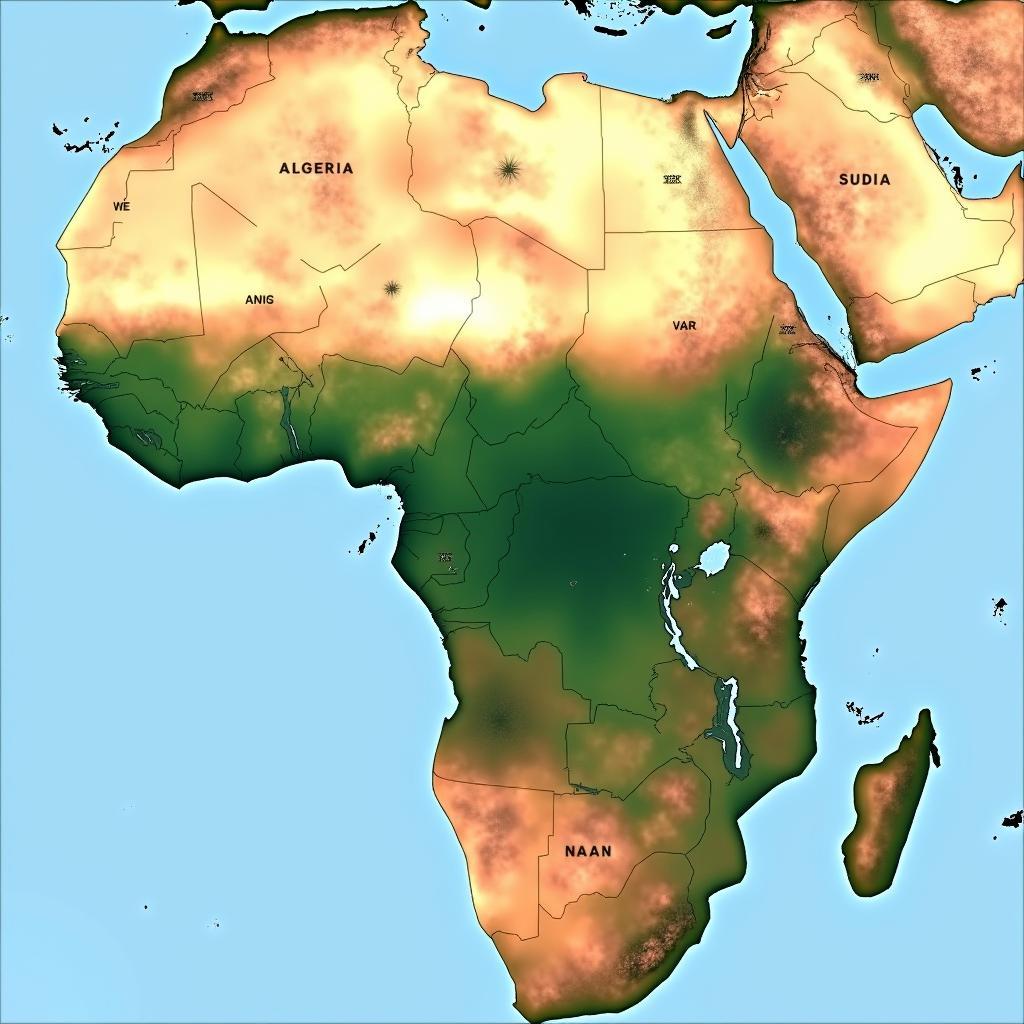The Complex History of African Kings and White Slaves
The term “African kings and white slaves” often conjures up a specific image, yet the historical reality is far more nuanced. While the transatlantic slave trade involved the horrific enslavement of millions of Africans, the narrative of African rulers enslaving white Europeans requires careful examination, distinguishing between historical facts and later fabricated narratives.
The Barbary Coast of North Africa, encompassing present-day Morocco, Algeria, Tunisia, and Libya, saw a system of piracy and enslavement targeting Europeans. These activities, however, were not driven by a racialized ideology like the transatlantic slave trade. Rather, they were primarily motivated by economic gain and political power. Captured Europeans, along with people from other regions, were sold as slaves in North African and Ottoman markets.
The Barbary Corsairs and European Captives
The Barbary Corsairs, Muslim privateers operating from North African ports, captured European ships and coastal communities, enslaving the inhabitants. This practice, while brutal, differed significantly from the transatlantic slave trade in its scale and systematic nature. The Barbary slave trade, while significant, never reached the scale of the transatlantic slave trade.
After this introductory overview about the topic of African kings and white slaves, let’s look into it with more details. The African Country Sierra Leone experienced the consequences of the transatlantic slave trade.
Were these “White Slaves” Treated the Same as African Slaves in the Americas?
The experiences of European slaves in North Africa differed from those of African slaves in the Americas. While both groups suffered immensely, the conditions of enslavement and opportunities for manumission varied. European slaves were often employed in domestic service, skilled labor, or as oarsmen in galleys. Some even rose to positions of power within the Ottoman system. While this doesn’t diminish the suffering of these individuals, the nature of their enslavement often differed from the plantation system of the Americas.
The Role of African Rulers
African rulers played a complex role in the Barbary slave trade. Some actively participated, profiting from the sale of captives, while others attempted to negotiate treaties and ransoms for their release. It is important to recognize this diversity of responses and avoid generalizations about “African kings.”
Examining the Motivation Behind Enslavement
The primary motivation behind the Barbary slave trade was economic. Rulers and corsairs saw capturing Europeans as a lucrative enterprise. This contrasted sharply with the racial justifications used to support the transatlantic slave trade.
The African American Lady fought for equality and against the very different system of chattel slavery.
Debunking Myths and Misconceptions
The narrative of “African kings and white slaves” is often used to downplay the horrors of the transatlantic slave trade and to promote a false equivalence between the two systems. It’s crucial to recognize the distinct historical contexts and motivations behind each.
The transatlantic slave trade was a vastly larger and more brutal system, driven by racial ideology and resulting in the forced migration of millions of Africans to the Americas. While the Barbary slave trade undoubtedly caused suffering, it operated on a different scale and with different motivations.
A list of African Countries with their Capital Cities highlights the vastness and diversity of the continent.
Was There a “Reverse Slave Trade”?
The term “reverse slave trade” is a misnomer. It minimizes the scale and brutality of the transatlantic slave trade by suggesting a comparable system of white enslavement. This is historically inaccurate.
In conclusion, the topic of “African kings and white slaves” requires a nuanced understanding. While the Barbary slave trade existed and involved the enslavement of Europeans, it differed significantly from the transatlantic slave trade in both scale and motivation. It is crucial to avoid simplistic narratives that equate the two systems or use the Barbary slave trade to minimize the horrors of the transatlantic slave trade. The legacy of slavery continues to impact communities across the globe. Understanding its complex history is essential for building a more just and equitable future.
FAQ
- What was the Barbary slave trade?
- How did the Barbary slave trade differ from the transatlantic slave trade?
- What role did African rulers play in the Barbary slave trade?
- What were the motivations behind the Barbary slave trade?
- Is the term “reverse slave trade” accurate?
- How were European slaves treated in North Africa?
- Why is it important to understand the nuances of the Barbary slave trade?
Here are other related questions and resources: Would you like to learn more about African American Abolitionists who fought against the transatlantic slave trade?
If you need support or have any questions, please don’t hesitate to contact us:
Phone: +255768904061
Email: [email protected]
Address: Mbarali DC Mawindi, Kangaga, Tanzania
Our customer service team is available 24/7.



